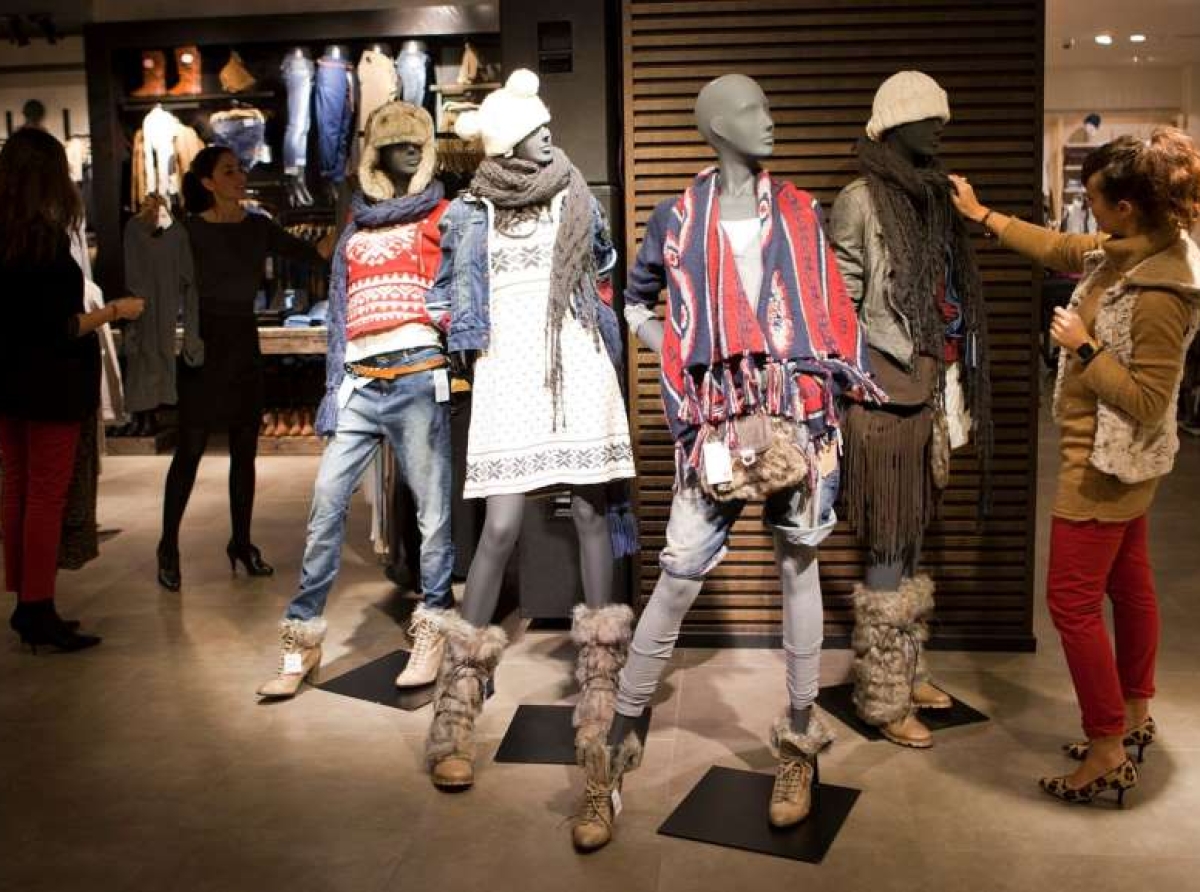Fast Fashion's Foray Into India: A comparative analysis of global retail giants

Global fast-fashion giants like Zara (Inditex), H&M, Uniqlo (Fast Retailing), and Gap have made significant inroads into the Indian market, catering to the growing demand for trendy and affordable fashion. So what’s driving them in India and what is there growth story?
Target consumer groups
Each of these fast fashion brands have carved a niche while competiting with other global and domestic brands.
Zara for example, targets fashion-forward individuals, primarily in the age group of 18-35, belonging to the upper-middle and high-income segments. These consumers are trend-conscious, seeking the latest styles at affordable prices.
H&M too caters to a similar demographic as Zara but also extends its appeal to families and young adults looking for value-for-money fashion options. Japanese brand Uniqlo a late entrant is now providing high-quality, functional clothing with a minimalist aesthetic, appealing to a wider age group, including professionals and individuals seeking comfortable and versatile attire. While Gap targets a family-oriented audience, offering a range of clothing and accessories for men, women, and children, focusing on casual and classic styles.
Table: Retail presence in India
|
Retailer |
Number of stores |
Regions |
|
Zara |
21 |
Major metropolitan cities and key shopping destinations across India. |
|
H&M |
50+ |
Presence in major cities and tier-II cities across India. |
|
Uniqlo |
10 |
Primarily concentrated in Delhi NCR and a few other major cities. |
|
Gap |
Limited physical stores |
Primarily relies on online presence and partnerships with e-commerce platforms. |
Zara and H&M lead the market in terms of revenue and profitability, given their extensive retail presence and strong brand recognition in India. Uniqlo, however, is steadily expanding its footprint and gaining traction among Indian consumers. Gap, while having a limited presence, is focusing on its core strengths of family-oriented fashion and brand loyalty.
Focus growth areas
Zara: Zara plans to continue its expansion in Tier I and II cities, targeting a store count of 30-35 in the next few years. The brand will also focus on enhancing its online presence and omnichannel capabilities.
H&M: H&M aims to further strengthen its position as a leading fast-fashion retailer in India, expanding its store network to 70-80 stores and investing in sustainable fashion initiatives.
Uniqlo: Uniqlo plans to aggressively expand its presence in India, targeting a store count of 50-60 in the next five years. The brand will also focus on localizing its product offerings and strengthening its online platform.
Gap: Gap aims to consolidate its position in the Indian market, focusing on its core strengths and leveraging its global brand recognition. The brand plans to expand cautiously, targeting key metropolitan areas and strengthening its online presence.
Interestingly a common thread for all retailers is that they are eyeing the vast potential in Tier II, III cities, where increasing disposable incomes and aspirations are driving demand for branded fashion. E-commerce is a key growth driver for all of them, as it provides access to a wider consumer base and enables seamless shopping experiences. With increasing awareness of environmental and social issues, sustainable fashion is emerging as a key focus area for them. They are also focusing on adapting products and designs to cater to Indian preferences and sensibilities.
The moot point remains, global fashion retailers have made significant inroads into the Indian market, offering diverse styles and catering to various consumer segments. Their future plans and focus areas indicate their commitment to the Indian market and their anticipation of continued growth and success in the years ahead. As the Indian retail landscape continues to evolve, these brands are poised to play a pivotal role in shaping the fashion choices and shopping experiences of consumers across the country.
























